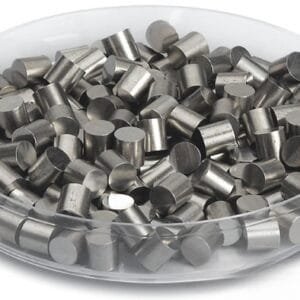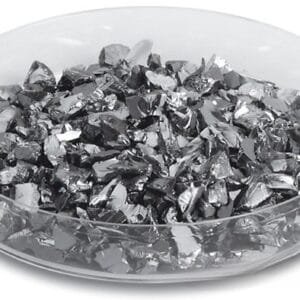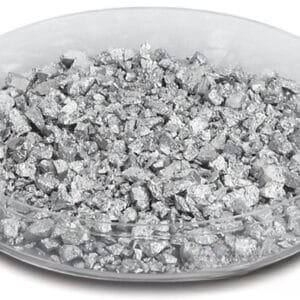Lead Zirconate Evaporation Materials Overview
Thin-Film Mat Engineering (TFM) offers high-purity lead zirconate evaporation materials with the chemical formula PbZrO₃. These materials are crucial for ensuring high-quality films in various deposition processes. We specialize in producing lead zirconate with up to 99.9995% purity, using stringent quality assurance methods to guarantee reliable performance.
Related Products: Lead Evaporation Materials, Zirconium Evaporation Materials, Oxide Ceramic Evaporation Materials
Applications
Lead zirconate evaporation materials are used in:
- Deposition Processes: Essential for semiconductor deposition, chemical vapor deposition (CVD), and physical vapor deposition (PVD).
- Optics: Suitable for wear protection, decorative coatings, and display technologies.
Packaging and Handling
Our lead zirconate materials are meticulously tagged and labeled to ensure efficient identification and quality control. We take great care to prevent any damage during storage and transportation.
Contact Us
At Thin-Film Mat Engineering (TFM), we provide high-purity lead zirconate evaporation materials in various forms, including tablets, granules, rods, and wires. Custom shapes and quantities are available upon request. We also offer a range of evaporation sources, boats, filaments, crucibles, heaters, and e-beam crucible liners. For current pricing and additional inquiries, please contact us directly.


 MSDS File
MSDS File



Reviews
There are no reviews yet.